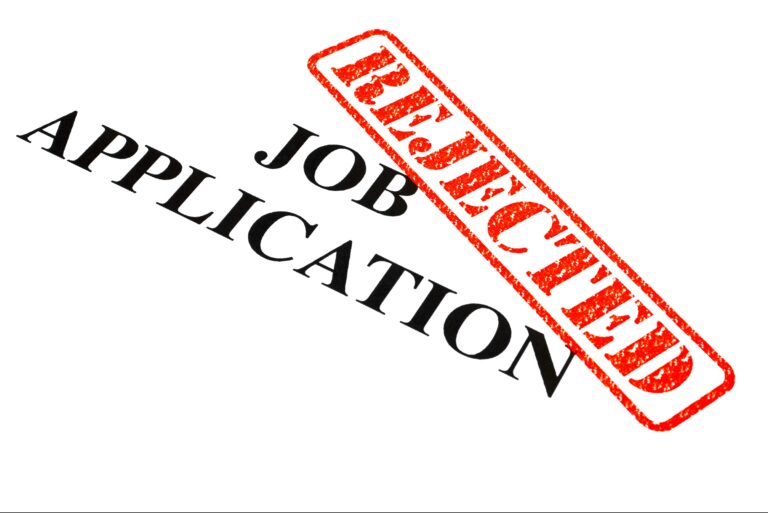“Robotics is the Wild West of surgical training,” says R. Douglas Murphy, Chief of Cardiothoracic Surgery at Emory St. Joseph’s Hospital. Even though the industry’s standard product, Intuitive’s daVinci Surgical System, received FDA approval in 1999, over twenty years ago, standardized training and unified credentialing for robotic surgery remains non-existent in the U.S. What robotic surgical training is being done now and how will it change in the near future?
The daVinci Surgical System is not self-operating. It works almost like a big video game. Surgeons sit at a console station and use hand and feet controls to manipulate a separate surgical part that is attached to the patient. Students gain experience with daVinci by operating it in virtual reality. They can practice common procedures and complete specific, laid-out tasks. Capturing hand movements and comparing them to experienced users of daVinci can highlight where the surgeon in training is lacking. In the pas,t observational critique of resident’s hands-on efforts was the best that could be offered. Assessing nuanced, fine motor skills can happen through virtual reality before a resident works with a patient.
Capturing training performance, transmitting this data efficiently, storing it for comparative and training purposes and using analytics to turn it in to useful information are the changes
that are starting to significantly impact robotic surgical training. Big data, cloud infrastructure and high-speed, high-capacity networks make it feasible to gather these large volumes of data, send it to cloud-based data centers and apply analytics and artificial intelligence to derive meaningful, productive information.
The American Board of Surgery (ABS), which certifies general surgeons, “has not considered robotic surgery to be a core requirement for surgical training,” says Dr. Jo Buyske, ABS President. Individual hospitals set their own standards. This is partially because the ABS can’t require surgeons to be credentialed in robotics if the technology isn’t available in over half of the U.S.’s hospitals.
The need for credentialing is becoming more urgent as nearly 3000 800 pound, $2 million daVinci robots are deployed across the country. The company that makes daVinci, Intuitive, offers training courses but is not legally authorized to credential surgeons. This minimally invasive technology reduces trauma, bleeding and downtime for patients, and helps surgeons operate with a higher degree of precision. Actively integrating robotics is in the interest of patients and the healthcare industry but credentialed robotic surgical training must become the norm.
Interested in hiring or conducting a job search in the medical device industry? Contact Smith Hanley Associates‘ Sales Recruiter, Nancy Ragonese at nragonese@smithhanley.com.



